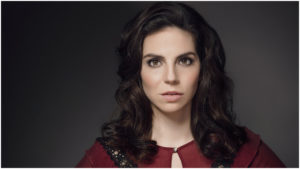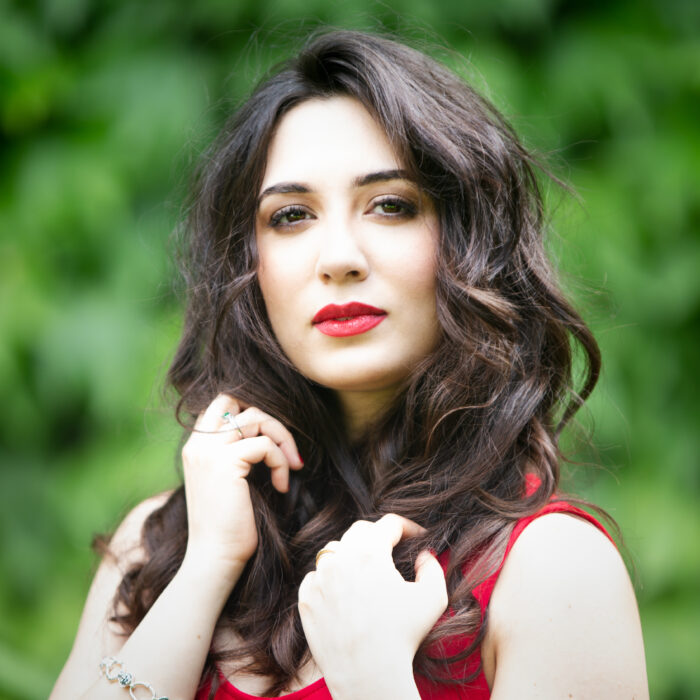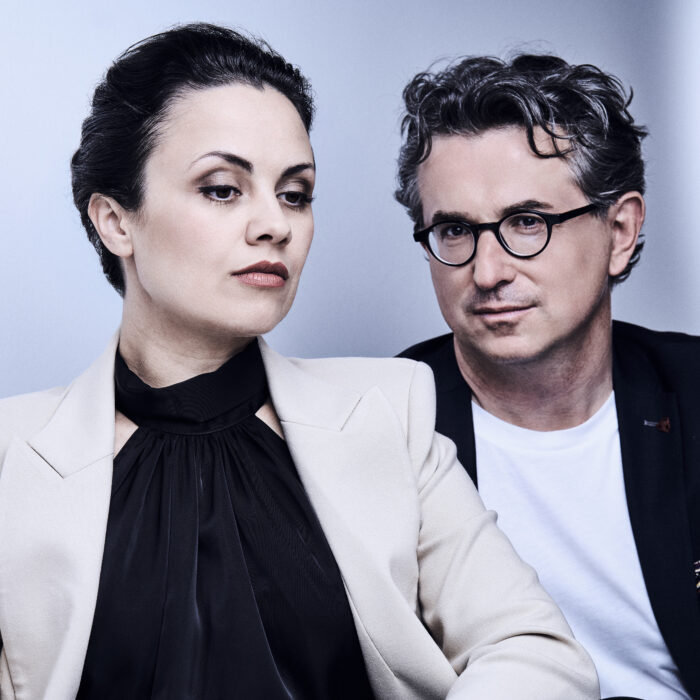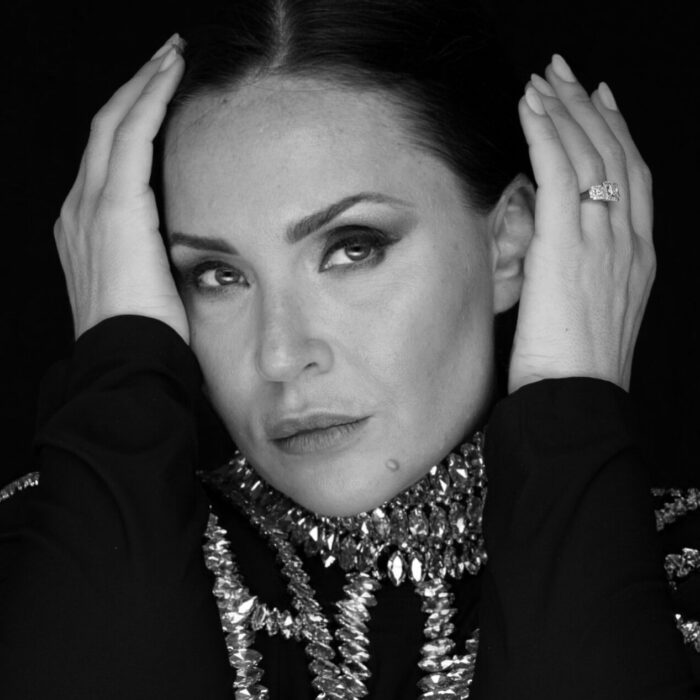
Q & A: Soprano Hanna-Elisabeth Müller on ‘Reine de Coeur’ & Why She Loves ‘Le Nozze di Figaro’
By Logan MartellOn Feb. 5, 2020, soprano Hanna-Elisabeth Müller returned for a run of performances in this season’s production of Mozart’s “Le Nozze di Figaro” at the Metropolitan Opera. This will be her third opera with the company, after making her debut in 2017 in Beethoven’s “Fidelio” and subsequent performances of “Die Zauberflöte.”
Müller came to international fame in 2014, performing the role of Zdenka in Strauss’ “Arabella” alongside Renée Fleming and Thomas Hampson at the Salzburg Opera Festival.
Concurrent with her upcoming performances at the Met, Müller’s new album “Reine de coeur,” was released through the Pentatone record label. The album is described as “a carefully curated selection of art songs” from composers Schumann, Zemlinsky, and Poulenc, with Müller being joined by pianist and musical partner Juliane Ruf.
OperaWire spoke with Müller about her album and Met Opera performances.
OperaWire: How do you feel about returning to the Metropolitan Opera for “Le Nozze di Figaro”?
Hanna-Elisabeth Müller: I’m very happy to be back at the Metropolitan Opera. It’s a great opera; I really like the production and staging. My colleagues and the other singers are all great as well.
OW: Tell me about your experience on the Met stage this time around versus during your debut?
HEM: The first thing I’m thinking about is how nervous I was when I first sang on the Met stage. It’s such a prestigious and important opera house. I remember walking in there on my very first rehearsal day was very exciting and scary. It still is exciting in a very positive way. Every time I come back here, I can feel this special energy and atmosphere.
Of course, before I walk out on the stage, I’m still nervous, but now I know how warm-hearted the opera house and its audience is. This is very supportive and helps to carry me through this new adventure to sing Susanna here. Making you feel at home is a quality not every opera house has.
OW: What do you enjoy about the role of Susanna? What are some of the challenges and rewards?
HEM: It’s a very long opera, that’s the challenge. I think I’m on stage for most of the opera. I think I have less than 20 minutes offstage, but it’s very fun. Susanna is a young girl, she’s very much in love with Figaro, she guides her Contessa; she knows everything that’s going on in this castle. She knows all the little and big secrets of each single person in the story which makes it fun to play. She leads us through all these dangers and never stands still. She is such a happy, joyful, and warm character.
Just thinking about her, I already have a smile on my face, and I think that’s why I like to sing this role so much.
OW: What is unique about this Mozart score?
HEM: All of Mozarts operas are so special and unique. Especially in “Le Nozze di Figaro,” he found the perfect balance in between recitativos and arias. For the audience this opera never feels long. It feels like a little sneak into the palace of Count and Countess Almaviva, having eyes and ears to watch a normal day in their lives.
OW: What is your favorite moment in the score and what do you think it says about Susanna?
HEM: Susanna has so many different colors that it’s hard to decide on only one favorite moment. So let me choose three. Definitely the rose-aria “Deh vieni non tardar,” because it’s so simple, beautiful and touching. Second would be Terzetto together with the Conte and Basilio, because it shows her as cleverly, carefully, but always charmingly maneuvering through troubles. Last but not least would be the Duet together with the Countess. It’s such a special little moment.
OW: You recently released a new album. What was it like to put it together?
HEM: It’s very different than doing an opera, there’s a different atmosphere in recording an album. The CD was a big work-in-progress, and to be able to final record everything, it’s a long journey.
OW: What would you say is the inspiration behind the art songs you chose to record?
HEM: With the combination of songs you have this kind of journey through life and death, but the main point is love and all the different versions of it. It’s very interesting to see how all of these composers worked with this topic.
OW: In your opinion, how do the German and French pieces work together in the album?
HEM: The interesting thing for me to see was how the Poulenc and Schumann shaped their pieces. With Schumann you get the emotion from the very instant it begins; it’s very melancholic, yet true and direct. From the moment the songs starts, you get what Schumann wants to say.
With Poulenc, it can be hidden, especially in the song-cycle for children. If you really discover the words and music, you see how deep all of it really goes. If you were to try to explain it to a child what all of it meant, it might not be possible for all the emotional depth.



